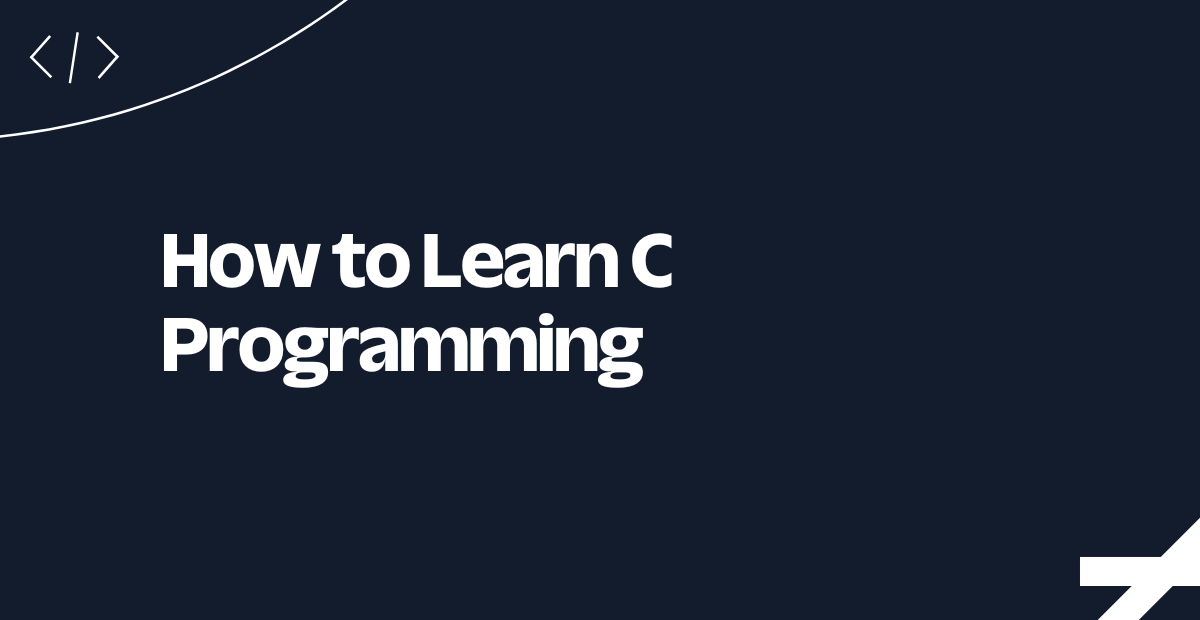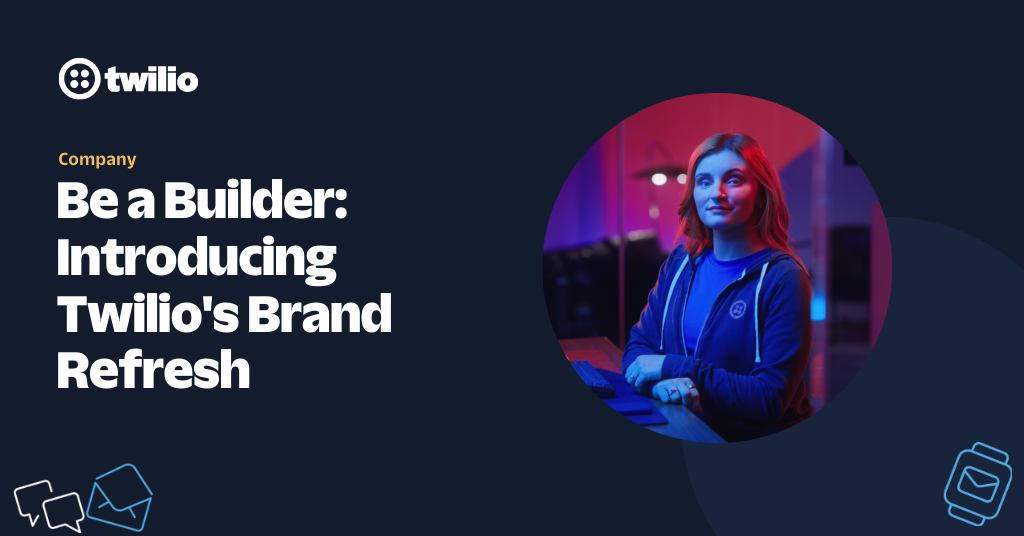How to Learn C Programming
Time to read: 5 minutes

The C programming language—developed in 1972—is still one of the most widely used programming languages today. Still, most new programmers today focus on having experience with more modern languages for web development, with many bypassing learning C.
That’s too bad, as the job market for C programmers continues to be strong, and the resources available to learn C programming for beginners are abundant and easy to find.
In this post, we’ll provide you with a starting point to begin learning C. We’ll discuss the C language and its benefits and then point you in the direction of resources and tutorials to help you learn and begin programming with C.
Let’s start with the fundamental question: what is C?
What is C?
C is a procedural programming language, meaning the code appears in functions or procedures separate from the data structures.
Additionally, C is very portable. This means that you can recompile most programs written in C with many types of processors or microcontrollers in other computers, and virtually any modern computer in use today has a compatible C compiler. Because of its portability, C is useful in a wide variety of applications, including:
- Databases
- Operating systems
- Compilers for other languages
- Video games
- Financial systems
- Robotics
- Device drivers
- Mobile applications
- And more
C is also the basis for other languages. So you’ll find many modern languages written in either C or its relative, C++. Additionally, you can use C to extend most languages—e.g., Java and Python.
The benefits of learning C
Here are some of the top benefits of learning C.
Simple language to grasp
Compared to other languages—like Java, PHP, or C#—C is a relatively simple language to learn for anyone just starting to learn computer programming because of its limited number of keywords.
Great for understanding fundamental computing concepts
Because C is a lower-level programming language, this makes it an excellent language for learning the fundamentals of how operating systems and hardware work. For example, when programming with C, you manage the program's memory compared to many other programming languages that automatically handle memory allocation and garbage collection. This characteristic is partly what makes C a great learning language for new programmers and budding computer scientists—even if it doesn’t require you to have a great deal of knowledge of the inner workings of your computer before getting started. In addition, this can be of great benefit where high performance and efficiency are needed.
Ease of transition to other languages
C syntax is the basis for other popular languages like Java and C#. This means that a C programmer can transition to other languages quite easily.
Learning C can also be very useful for programmers experienced with other languages, especially if there’s a need to build cross-platform applications to communicate with specific hardware on each device. C is often the best tool for this, as it can link between hardware devices and the business logic written in another language. For example, if you don’t have a library in your favorite language to talk to a new sensor, C would be the perfect tool for that.
No cost to start
There are also many free and open-source tools for C software development available for all modern operating systems. So when you download a compiler and an editor, it’s very easy to start using C—and at no cost.
In-demand job market
Finally, C programmers are still very much in demand, so the market isn’t shrinking.
Where can I learn more about C programming?
Among the countless online resources available to learn C programming, below is a list of the notable ones, including C programming tutorials:
The C Beginner’s Handbook
The C Beginner’s Handbook tutorial can get you started with C programming training in no time. There’s also a PDF and an ebook version of the handbook.
C Programming Tutorial for Beginners
This detailed video tutorial goes through all the basics of C for beginners, including what you need to get started on Windows and Mac computers.
Harvard’s CS50 – Intro to Computer Science/C Programming
In this excellent video, you get an introduction to computer science and the C programming language.
In addition to the above, there are many other courses available through online education platforms, such as Coursera.
How can I start using C?
Although there are C compilers and development tools for many platforms, here’s a few to get you started:
Write and Run C in Xcode 13
This video shows you how to use the Xcode IDE available on macOS to write and compile C programs.
Walkthrough: Compile a C Program on the Command Line
If you’re using a Windows operating system, this article walks you through how to compile a C program on a Windows computer.
How to Compile and Run a C Program in Linux
This article explains the steps to compile a C program on a Linux computer using the GCC compiler.
Arduino Programming in C
If you want to get started programming in C for a device other than your desktop or laptop computer, this might be the tutorial for you. It shows you how to start programming Arduino devices with C.
C programming language FAQs and references
Keep the following list of useful references for C programming handy when getting started.
comp.lang.c Frequently Asked Questions
These FAQs are from the book “C Programming FAQs: Frequently Asked Questions” by Steve Summit and are available online for free by the publisher and the author.
GNU C Reference Manual
This page provides a complete reference to the GNU C compiler/language.
Microsoft’s C Language Reference
Here, Microsoft provides a webpage reference to the ANSI C implementation.
Although not as trendy as languages like Python or Go, the applications for C programming—especially at the device level—are ubiquitous and diverse. And it’s because C has been around for several decades, that a wealth of resources to learn C programming are available and easy to find. The above resources will help you get started.
Learn how to send messages in C with Twilio
Now that you’ve got the basics of C programming down, the Twilio REST API can help you programmatically send SMS and MMS messages to recipients with a phone number. Using the C programming language, coupled with a basic library like libcurl, you can send requests to the Twilio API, which will result in sending SMS and MMS messages.
This could be very useful for an internet-of-things project, where you need to send a notification when a sensor or device detects something noteworthy. Or, if you need to write a program on a server that sends an SMS notification when a certain event—like a suspicious login or file access—occurs on the machine.
Ready to send messages in C? Sign up for a free Twilio account to get started today.
Related Posts
Related Resources
Twilio Docs
From APIs to SDKs to sample apps
API reference documentation, SDKs, helper libraries, quickstarts, and tutorials for your language and platform.
Resource Center
The latest ebooks, industry reports, and webinars
Learn from customer engagement experts to improve your own communication.
Ahoy
Twilio's developer community hub
Best practices, code samples, and inspiration to build communications and digital engagement experiences.


